HE Wei, PENG Li-jun, YANG Yu-lin, ZHANG Wei, YAN Wu-xian, YOU Ji-yong, ZHANG Xiao-ping, ZHANG Hao. The Stucture and Species Diversity of Cupressus chengiana Plantation in Dry Valleys of the Minjiang River Area[J]. Journal of Sichuan Forestry Science and Technology, 2019, 40(6): 25-31. doi: 10.16779/j.cnki.1003-5508.2019.06.005
| Citation:
|
HE Wei, PENG Li-jun, YANG Yu-lin, ZHANG Wei, YAN Wu-xian, YOU Ji-yong, ZHANG Xiao-ping, ZHANG Hao. The Stucture and Species Diversity of Cupressus chengiana Plantation in Dry Valleys of the Minjiang River Area[J]. Journal of Sichuan Forestry Science and Technology, 2019, 40(6): 25-31. doi: 10.16779/j.cnki.1003-5508.2019.06.005
|
The Stucture and Species Diversity of Cupressus chengiana Plantation in Dry Valleys of the Minjiang River Area
More Information
-
1. Sichuan Academy of Forestry, Chengdu 610081, China;
-
2. Jiuzhaigou Scenic Spot Administration Bureau, Jiuzhaigou 623400, China
- Received Date: 2019-10-08
-
-
Abstract
By a field experiment, the stucture and species diversity were studied for Cupressus chengiana plantation under different stand age, planting density and site conditions in Wenchuan and Lixian, the dry valleys of the Minjiang River. The results indicated that (1) The species was relatively rare in the tree layer, mainly composed of Asteraceae, Leguminosae, Rosaceae and Gramineae under forest, and the species diversity was in a decreasing order as herb layer, shrub layer, tree layer. Ailanthus altissima had great regeneration potential as an associated tree species in tree layer, and Artemisia carvifolia was in the dominant position in herb layer. (2) The growth of C. chengiana was the worst on the middle slope, and the coverage of shrub and herb were extremely low under forest. However, C. chengiana grew fast on the upper slope, the crown density of tree layer was high to 0.9. (3) In terms of forest volume and canopy density of C. chengiana, it was listed in increasing order as the upper slope, the lower slope, the middle slope. For vegetation coverage and biomass, the increasing order was the lower slope, the middle and the upper slope. Therefore, as C. chengiana was chosen for afforestation in the arid valleys of the Minjiang River area, the ecological protection forest was preferred to be on the upper slope, the ecological economic forest was preferred to be on the lower slope, and the proportion of photophilous, drought tolerant and local shrub and herb species should be increased appropriately on the middle slope so as to increase the species diversity of the community.
-

-
References
|
[1]
|
刘凯, 曹昌楷, 王守强, 等. 四川省干旱半干旱地区造林类型区划及植被恢复技术[J]. 四川林业科技, 2015, 36(4):59~64. |
|
[2]
|
骆宗诗, 王志明, 陈永林, 等. 汶川地震灾区崩塌山体微生境植被恢复技术[J]. 四川林业科技, 2013, 34(4):37~41. |
|
[3]
|
吴宗兴, 徐惠, 梁颇, 等. 岷江上游干旱河谷岷江柏木幼林地绿肥种植研究[J]. 四川林业科技, 2012, 33(5):53~57. |
|
[4]
|
王春明, 孙辉, 陈建中, 等. 保水剂在干旱河谷造林中的应用研究[J]. 应用与环境生物学报, 2001, 7(3):197~200. |
|
[5]
|
郑绍伟, 黎燕琼, 岳永杰, 等. 岷江上游干旱河谷造林技术试验研究[J]. 四川林业科技, 2007, 28(1):56~59. |
|
[6]
|
李东胜, 罗达, 史作民, 等. 四川理县杂谷脑干旱河谷岷江柏造林恢复效果评价[J]. 生态学报, 2014, 34(9):2338~2346. |
|
[7]
|
郭利平, 姬兰柱, 王珍, 等. 长白山红松阔叶林不同演替阶段优势种的变化[J]. 应用生态学报, 2011, 22(4):866~872. |
|
[8]
|
方精云, 王襄平, 唐志尧. 局域和区域过程共同控制着群落的物种多样性:种库假说[J]. 生物多样性, 2009, 17(6):605~612. |
|
[9]
|
郝建锋, 王德艺, 李艳, 等. 不同林分密度下川北白云山地区喜树人工林的群落结构和物种多样性[J]. 植物研究, 2015, 35(5):772~778. |
|
[10]
|
姜俊, 谢阳生, 陆元昌, 等. 不同林龄阶段马尾松人工林群落结构特征及经营策略[J]. 西北林学院学报, 2015, 30(6):1~7. |
|
[11]
|
郭正刚, 刘慧霞, 孙学刚, 等. 白龙江上游地区森林植物群落物种多样性的研究[J]. 植物生态学报, 2003, 27(3):388~395. |
|
[12]
|
袁志忠, 何丙辉. 岷江柏种群现状及研究进展[J]. 山区开发, 2003, 6:34~35. |
|
[13]
|
施广. 岷江上游干旱河谷区岷江柏对不同海拔的响应[J]. 四川林业科技, 2011, 32(6):88~92. |
|
[14]
|
吴昊, 张明霞, 王得祥. 秦岭南坡油松-锐齿槲栎混交林群落不同层次多样性特征及环境解释[J]. 西北植物学报, 2013, 33(10):2086~2094. |
|
[15]
|
郝建锋, 王德艺, 李艳, 等. 海拔高度对江油地区杉木人工林群落结构和物种多样性的影响[J]. 西北植物学报, 2014, 34(12):2544~2553. |
-
-
Proportional views

-






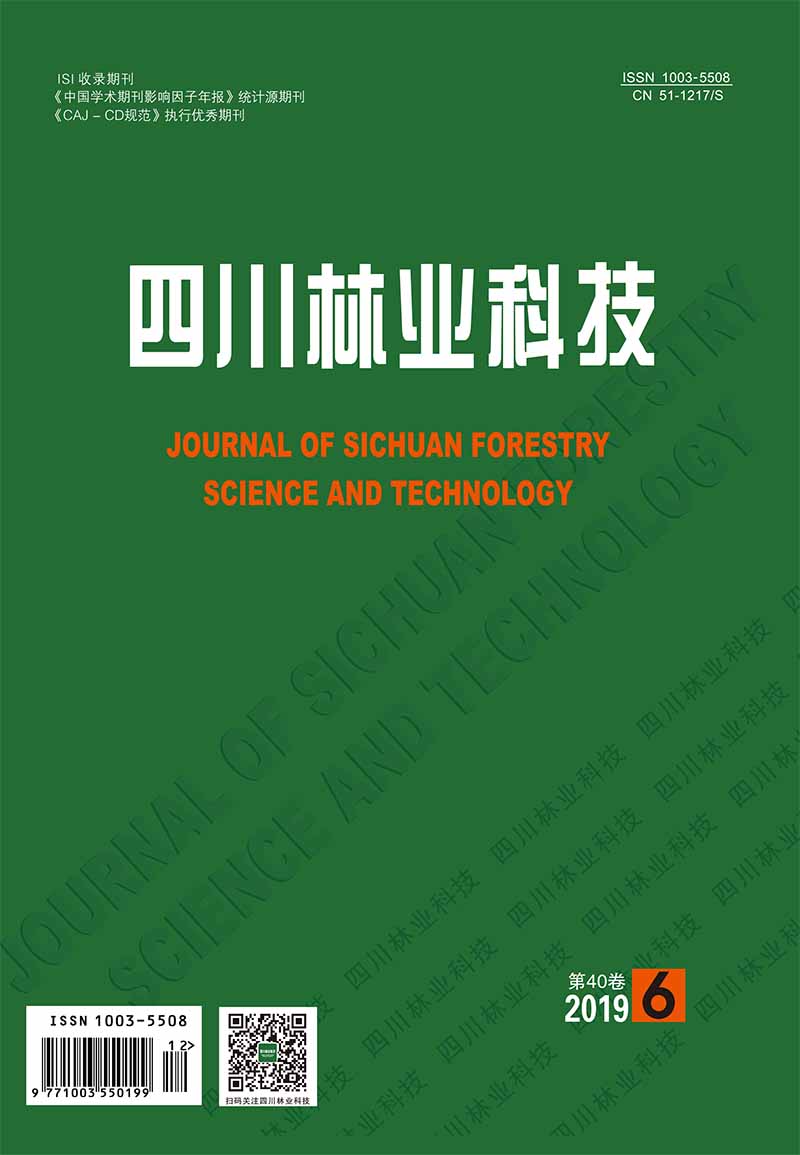




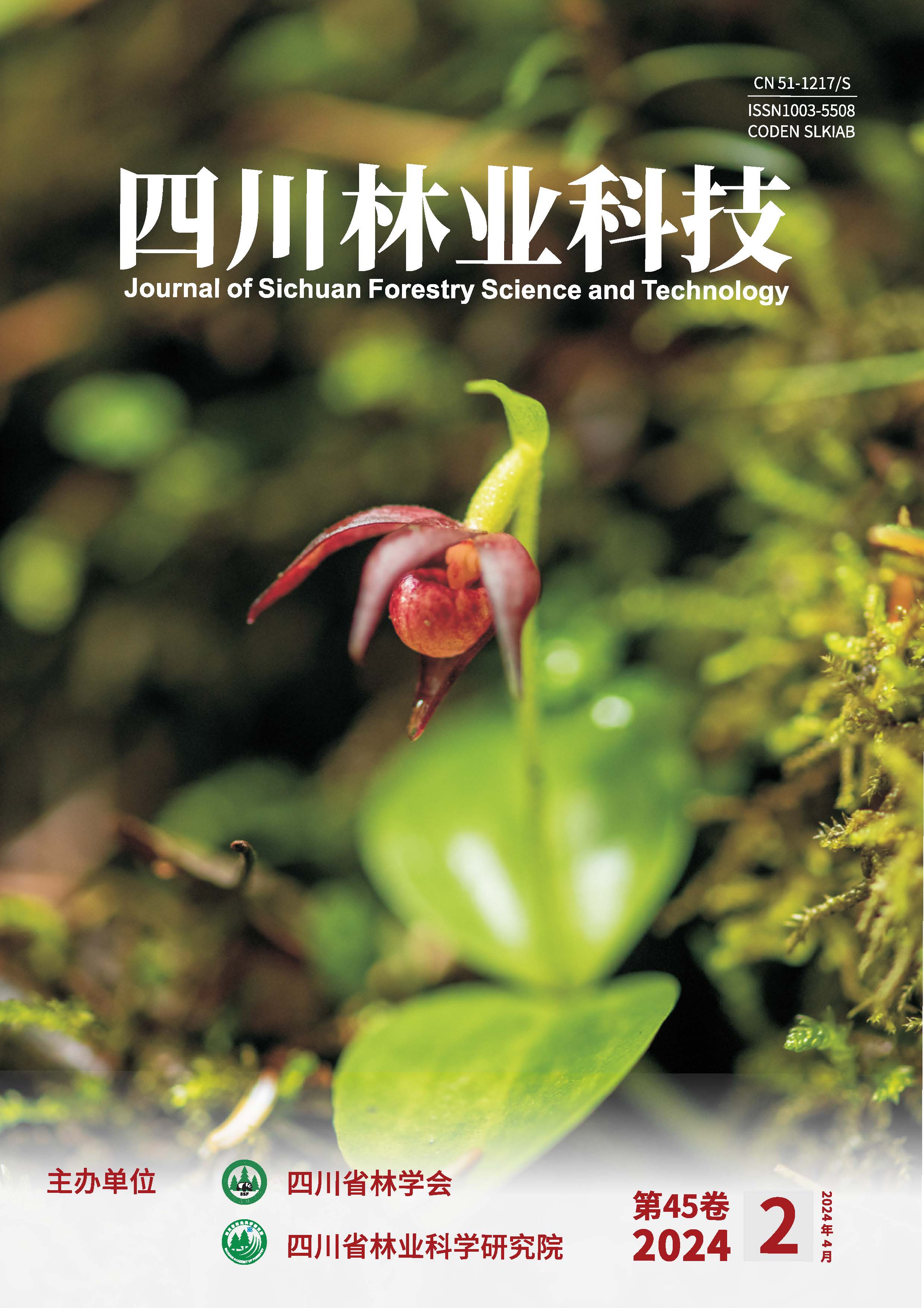
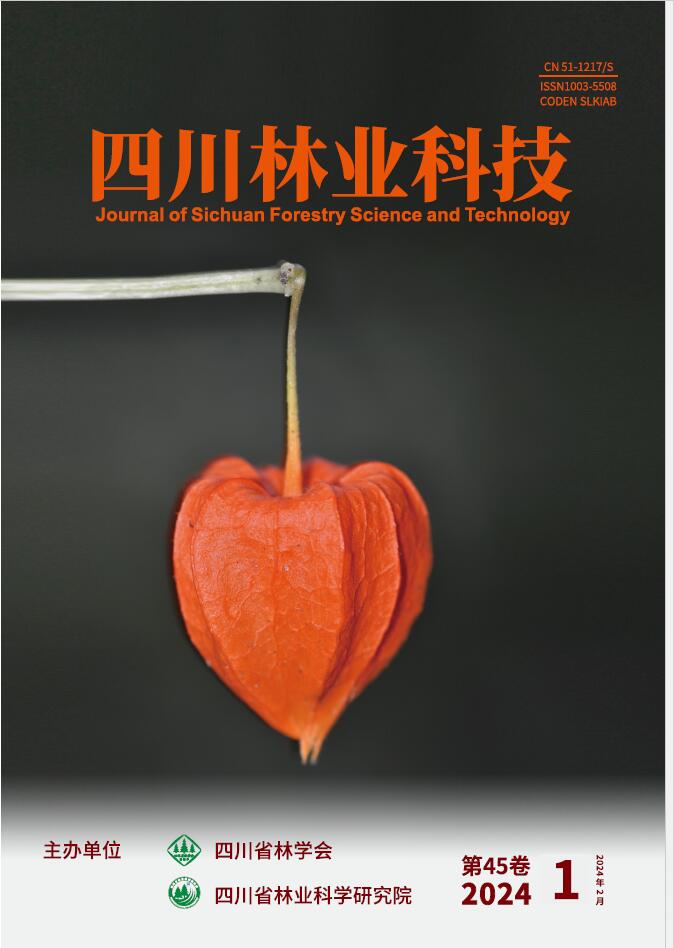
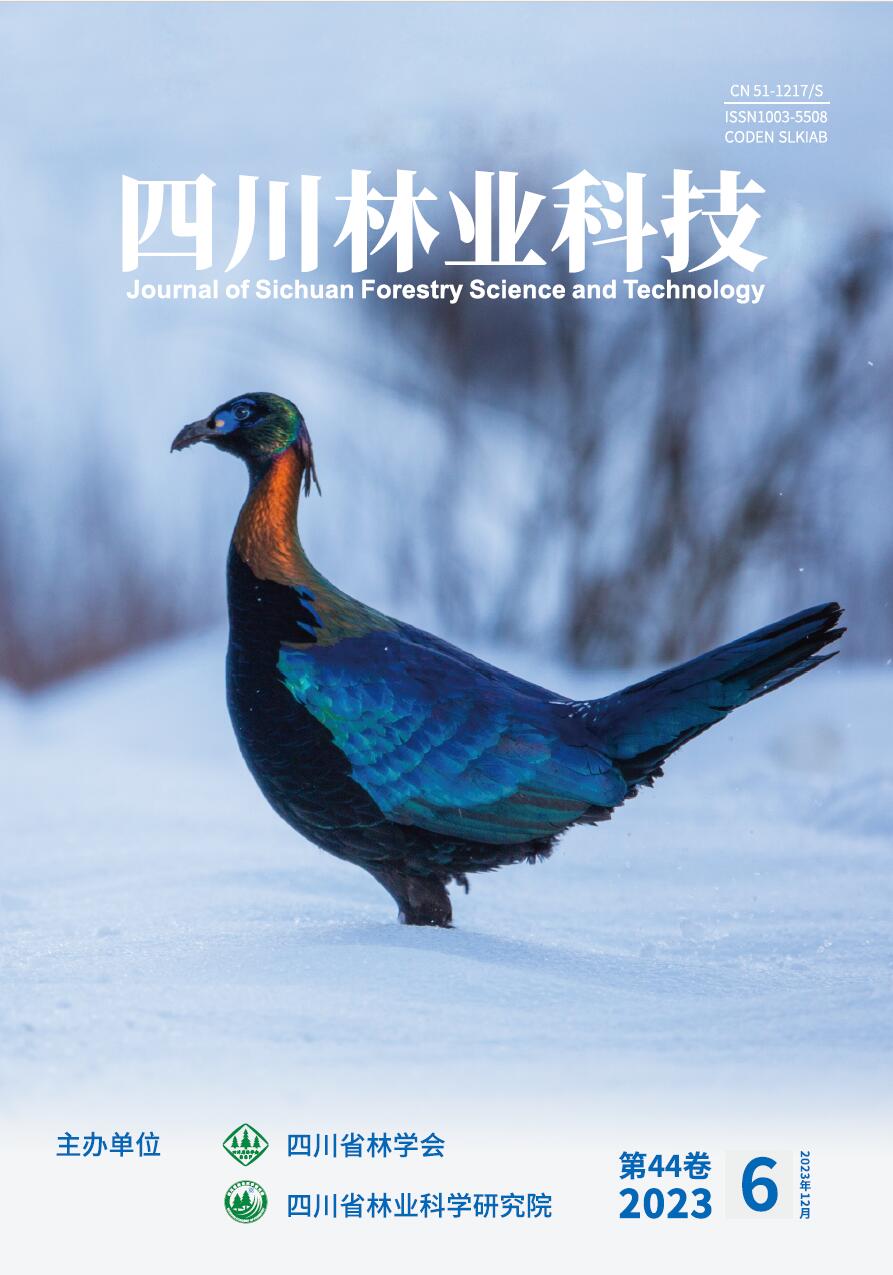
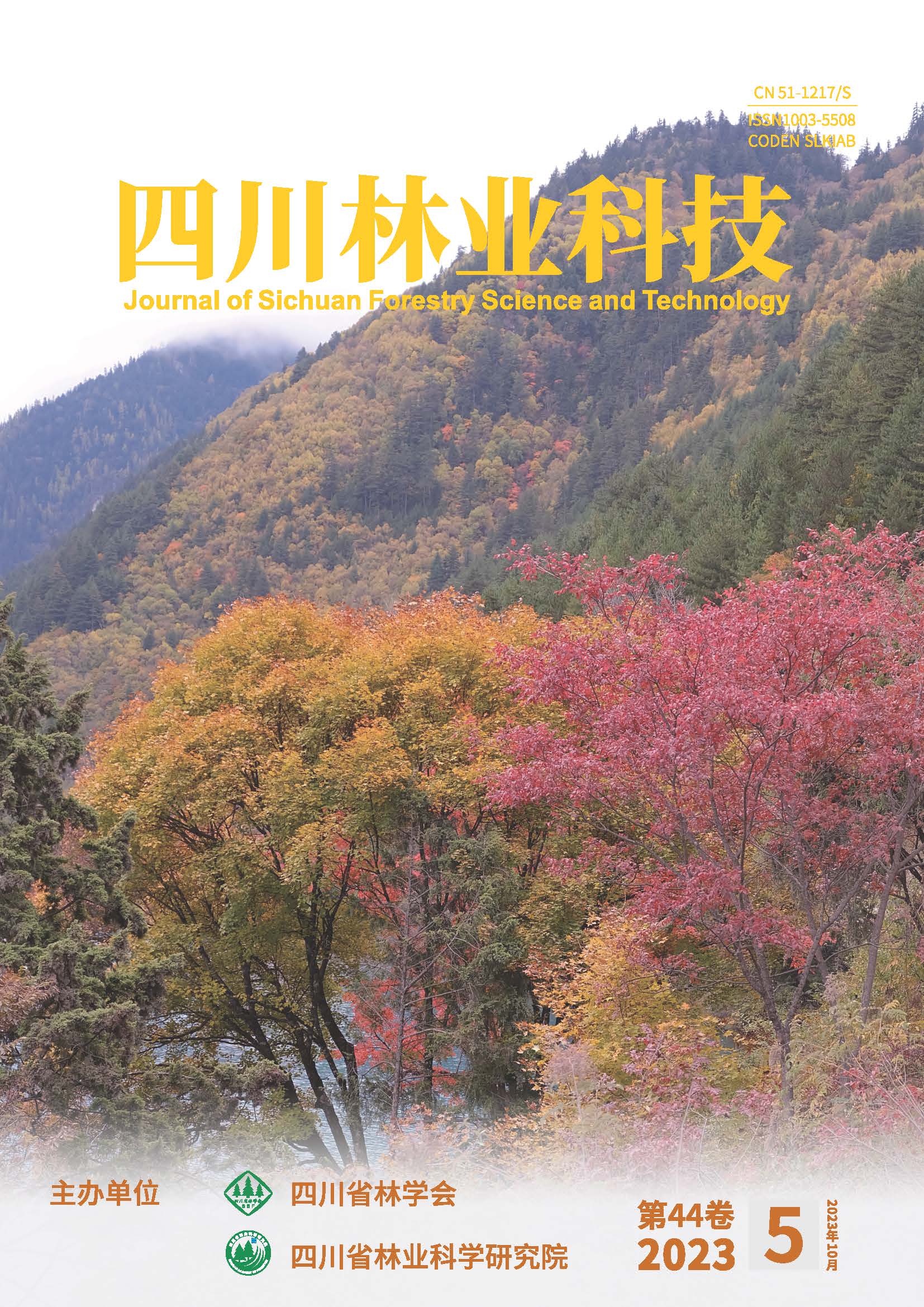
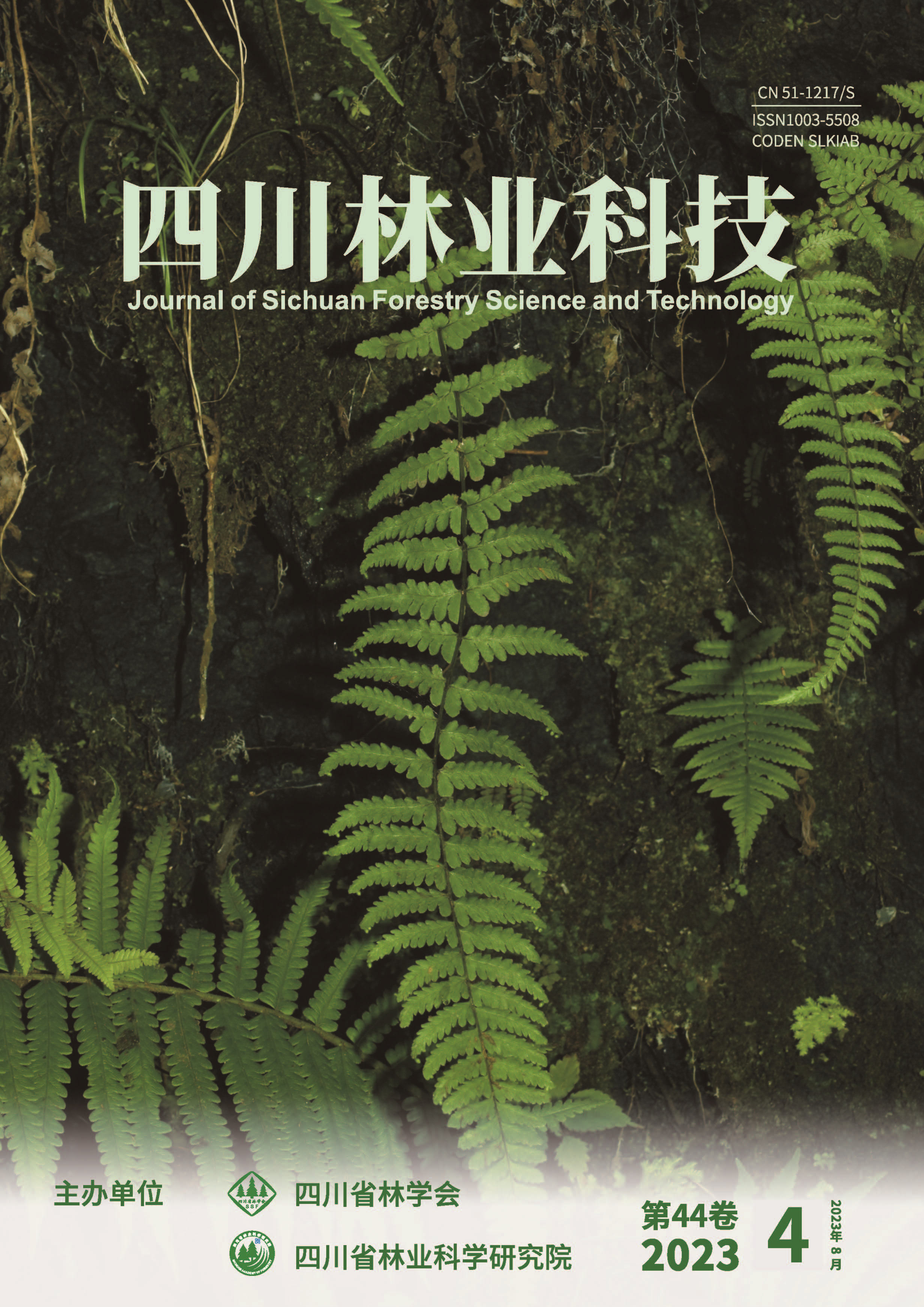
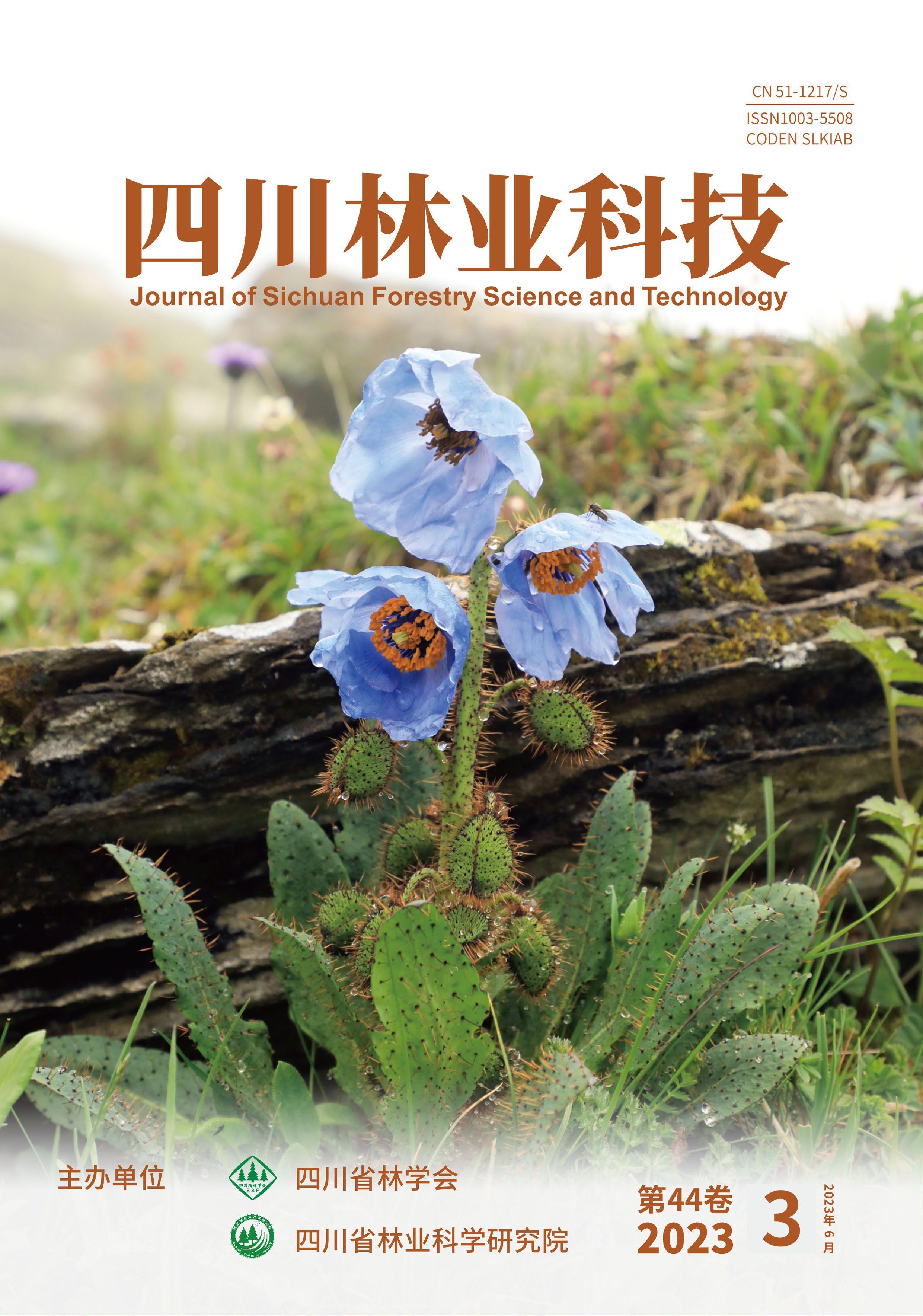
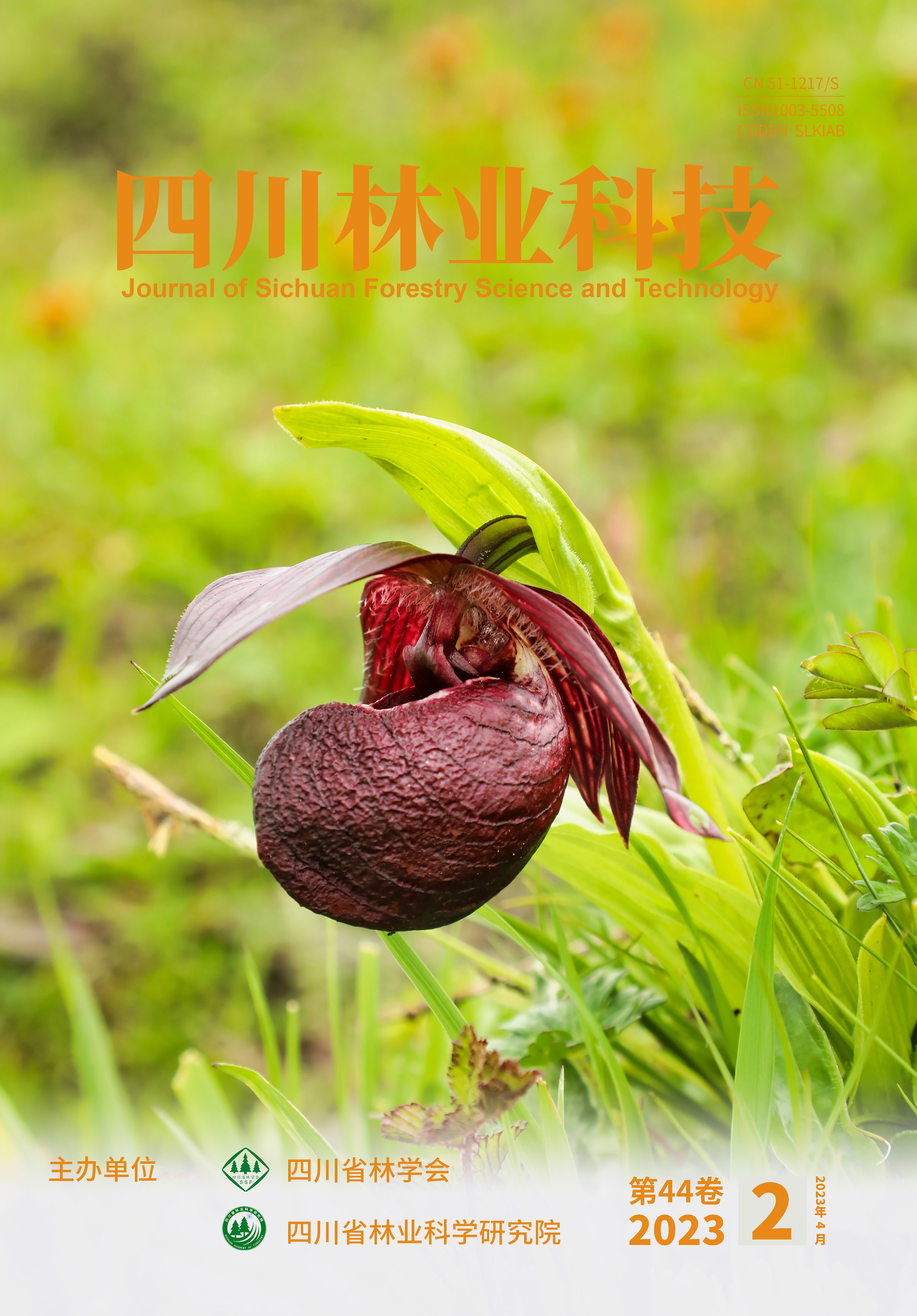
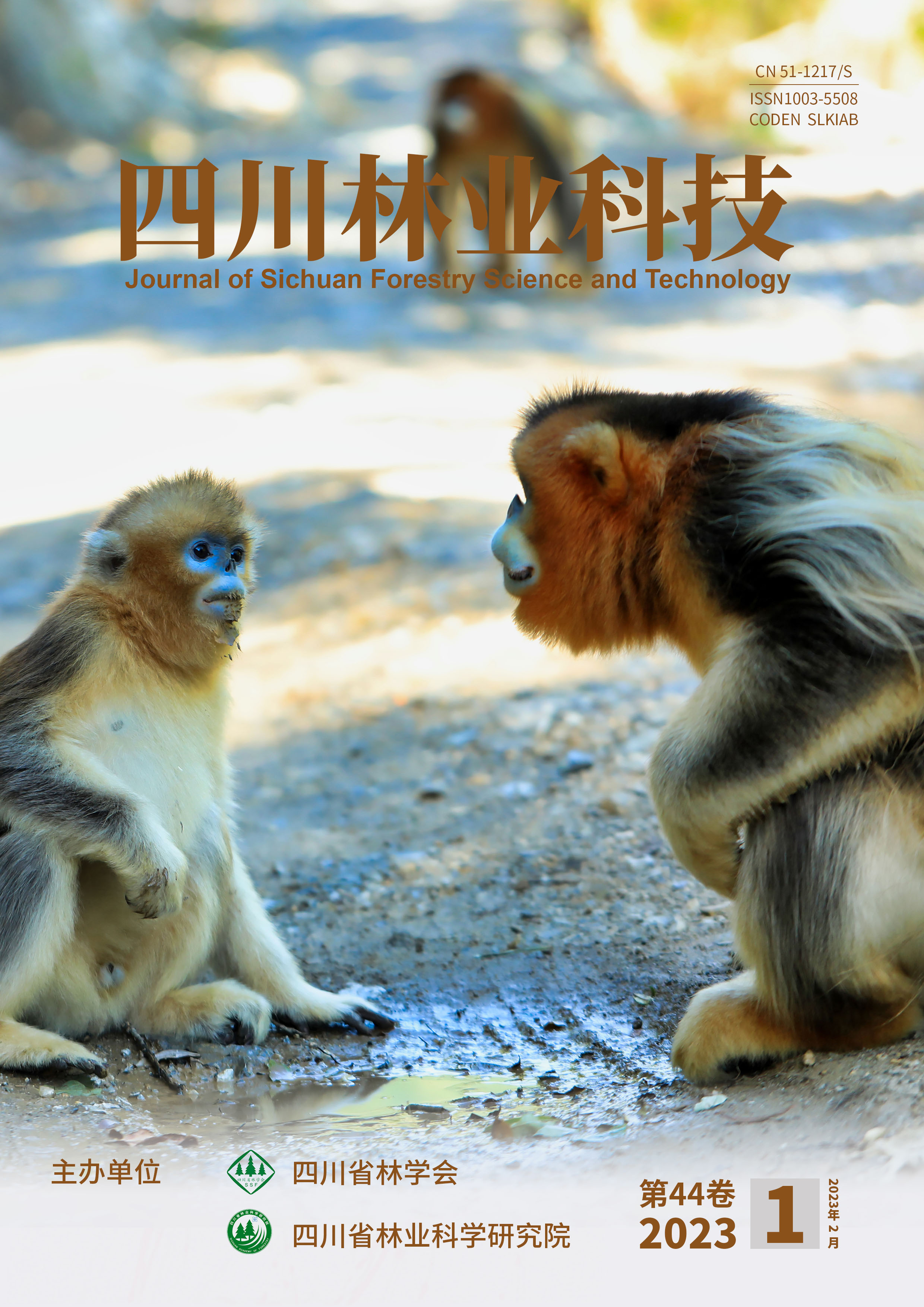


 DownLoad:
DownLoad: